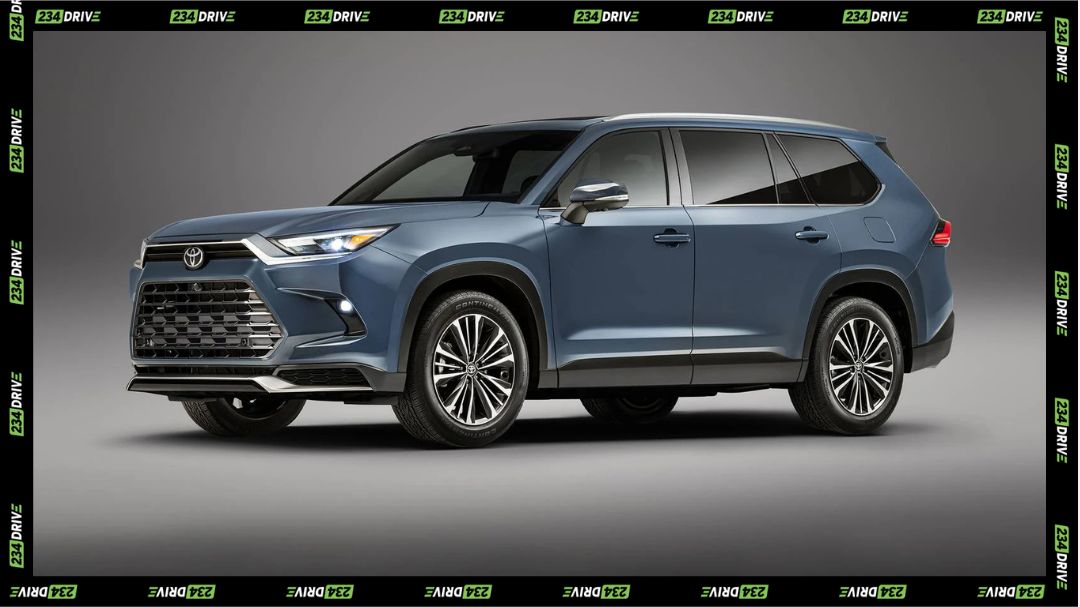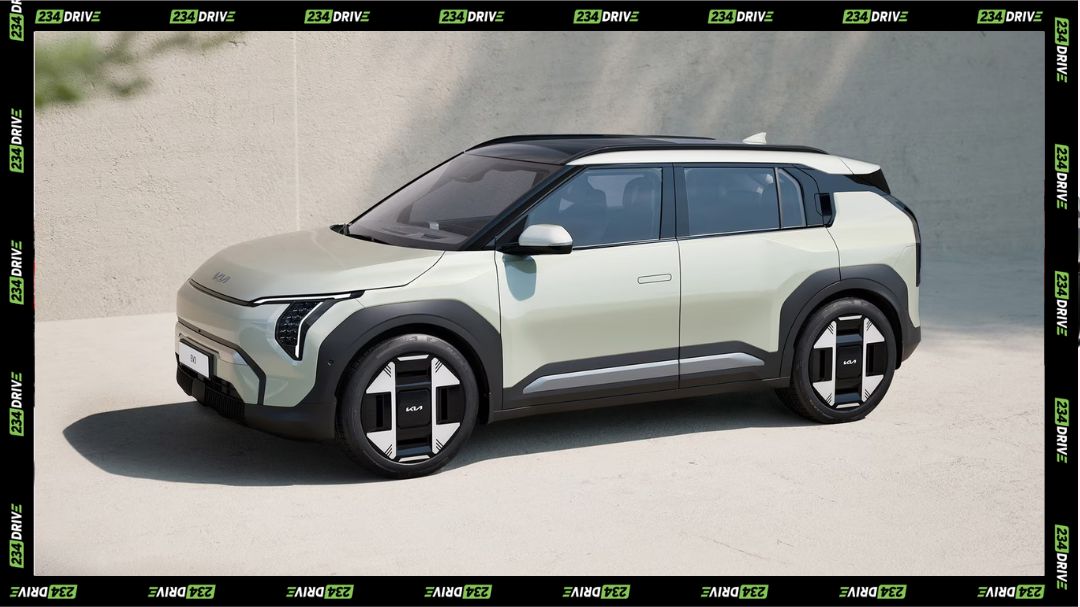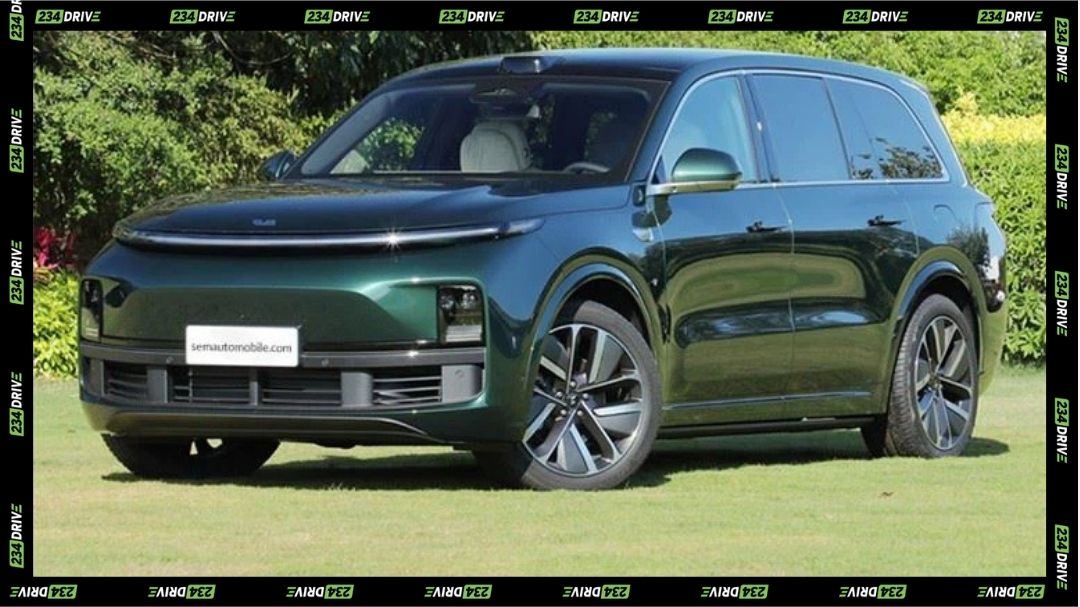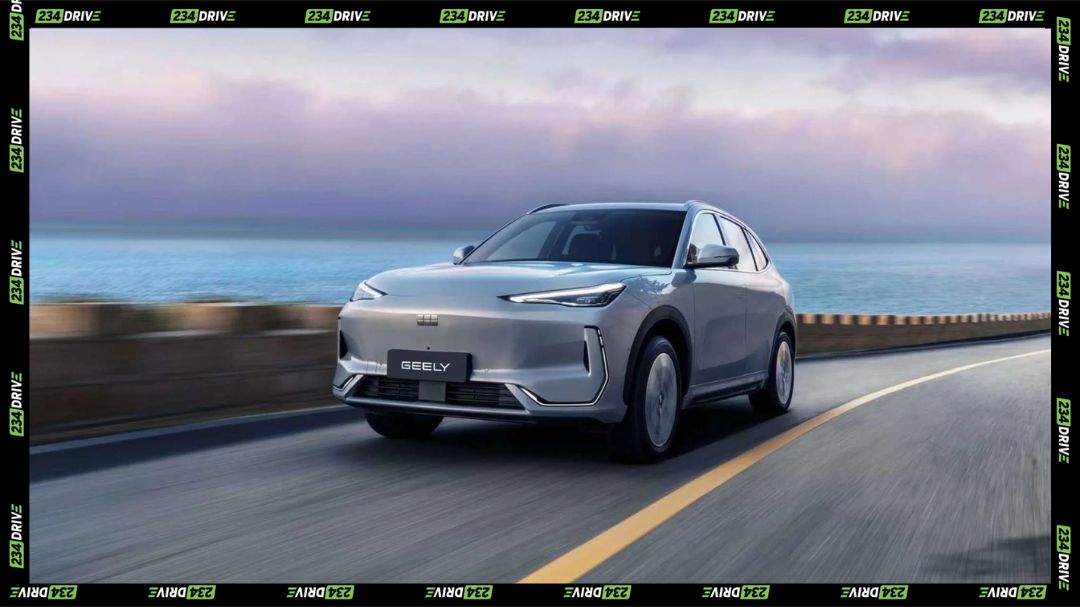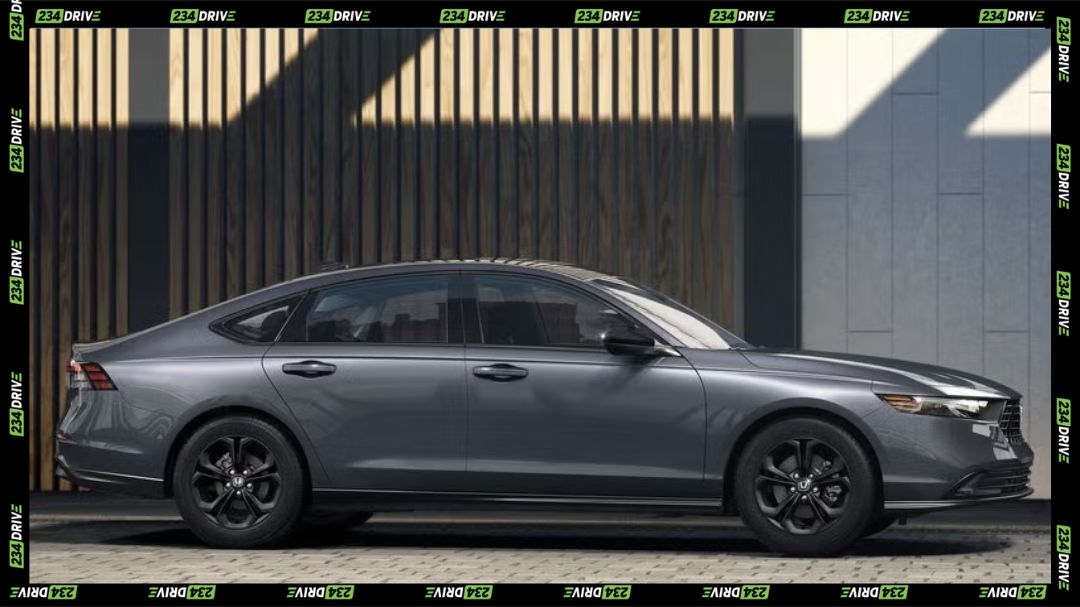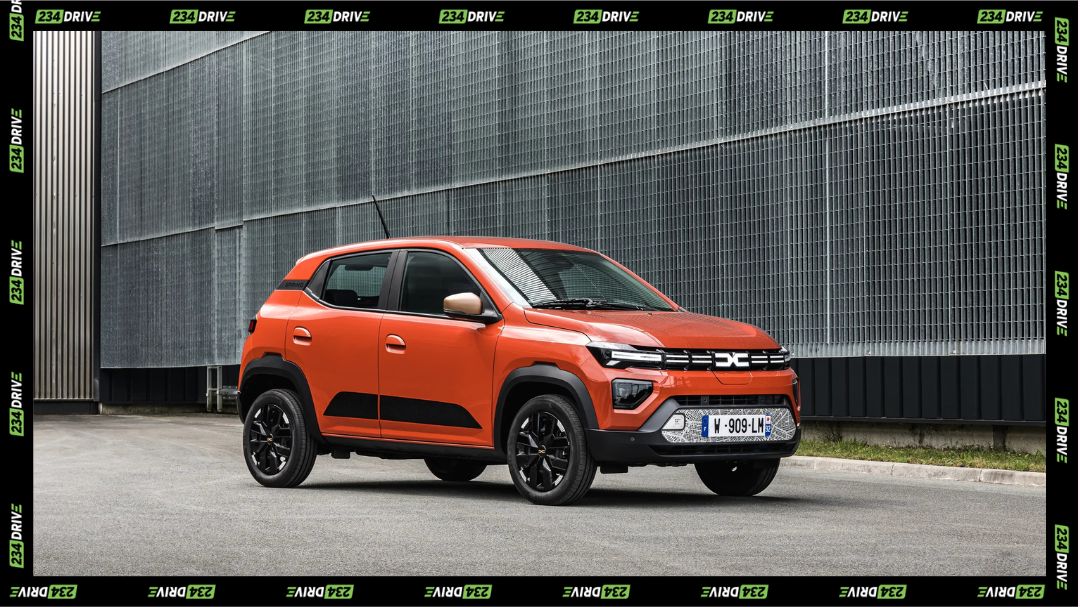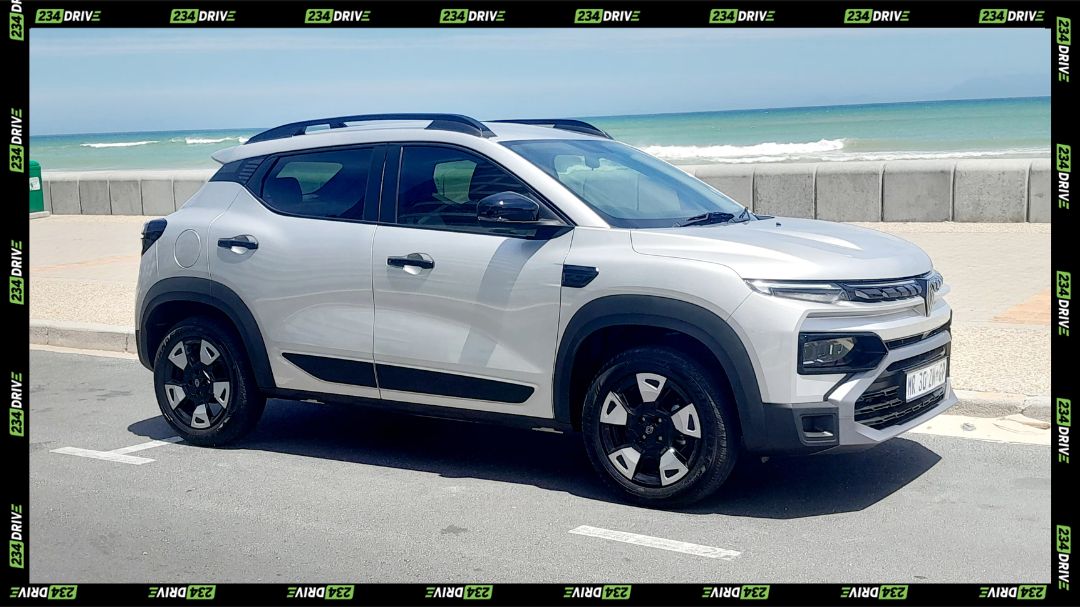Pagani remains one of the most exclusive names in the automotive industry. Founded by Horacio Pagani, the brand is known for producing ultra-limited, handcrafted hypercars that combine art and engineering in equal measure. Collectors and enthusiasts admire the marque for its meticulous attention to detail, design originality, and uncompromising performance. For wealthy buyers in Nigeria, Pagani ownership represents both status and refined taste in automobiles.
In 2025, Nigerian interest in hypercars has grown alongside the wider luxury car market. Yet, owning a Pagani here involves more than simply paying the manufacturer’s suggested retail price. Import duties, exchange rate volatility, and limited availability make these cars significantly more expensive locally. Below, we look at the models available, their design and performance features, and what they cost to own in Nigeria.
Pagani Huayra (2016–2020 Models)
The Pagani Huayra showcases bold Italian styling, with flowing bodywork, an aggressive front end, and active aerodynamic elements that adjust at speed. Its distinctive gullwing doors and exposed carbon-fibre panels make it a striking presence on Nigerian roads, even years after its debut.
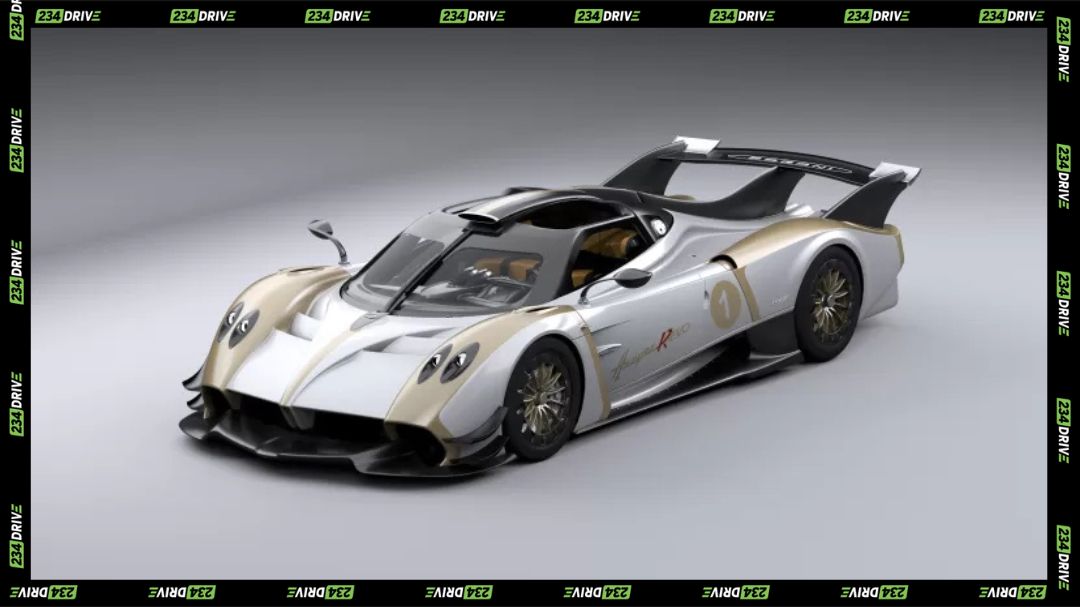
Inside, the Huayra is designed as a luxury cockpit with handcrafted leather, aluminium switchgear, and bespoke detailing. Powered by a Mercedes-AMG 6.0L twin‑turbo V12, it produces over 700 horsepower, delivering breathtaking performance. Buyers in Nigeria should expect used examples in 2025 to cost between ₦1.5 billion and ₦2 billion depending on condition and customisation.
Pagani Utopia (2024–2025 Models)
The Utopia continues Pagani’s tradition of design excellence with sculpted lines, a sleek silhouette, and intricate detailing. Externally, it reflects the company’s blend of futuristic engineering and traditional craftsmanship. Its limited production ensures exclusivity wherever it appears.
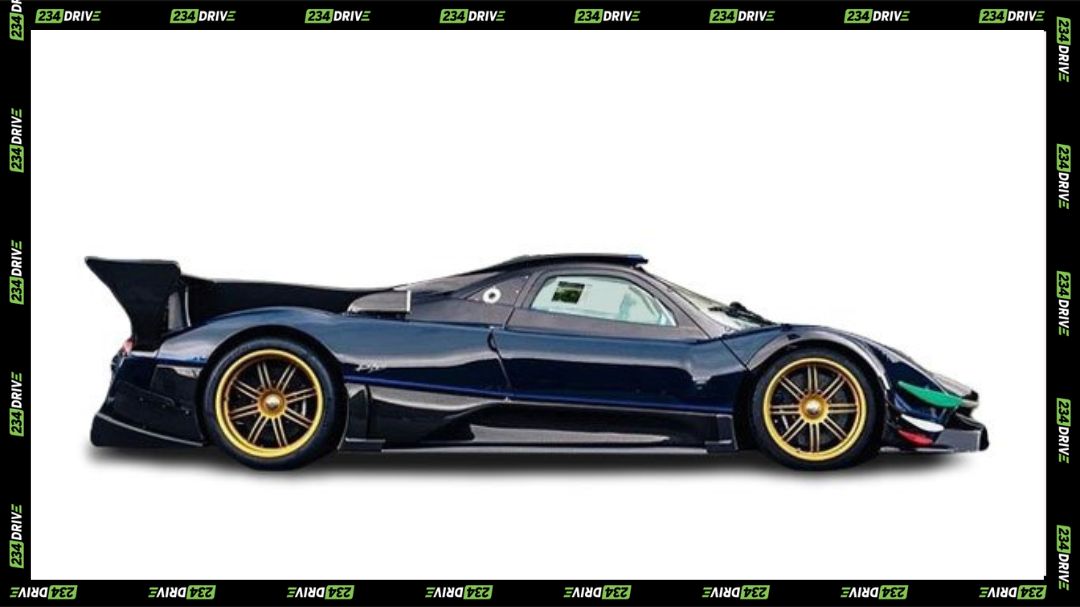
Under the hood, the Utopia uses a Mercedes-AMG 6.0L V12 engine producing 864 horsepower. The interior combines analogue-inspired gauges with modern digital interfaces, offering a unique driving environment. Globally priced around $2.5 million, Nigerian buyers can expect to pay about ₦1.9 billion after taxes and import duties.
Pagani Imola Roadster (2024 Edition)
The Imola Roadster is one of the rarest Pagani models, limited to just eight units worldwide. Its exterior design emphasises aerodynamics with an aggressive stance, prominent wings, and carbon-fibre panels. This makes it as much a collector’s showpiece as it is a performance machine.
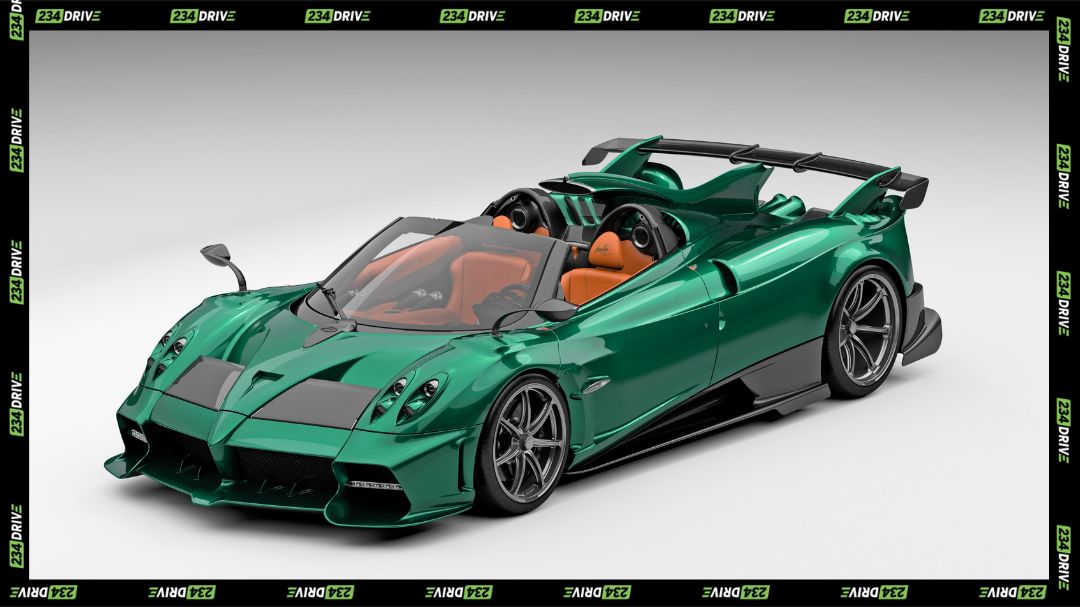
Inside, the Imola Roadster provides bespoke comfort with handcrafted leather and custom options available to every buyer. Its 6.0L twin-turbo V12 delivers more than 850 horsepower, making it one of the most powerful road-legal hypercars. By the time it reaches Nigeria, prices range from ₦9.2 billion to ₦13 billion, depending on customisation and exchange rate movements.
What Pagani Ownership Means in Nigeria
Owning a Pagani in Nigeria goes beyond luxury—it reflects the ability to overcome challenges unique to the region. Roads, climate, and infrastructure are not ideal for hypercars, which means owners often drive sparingly. Maintenance is another factor, as servicing typically requires flying in technicians or shipping vehicles abroad.
Nonetheless, prestige plays a major role. In a market where brand recognition often centres on Mercedes, Bentley, or Rolls-Royce, a Pagani stands out as an even rarer status symbol. The cars also double as investments, with limited numbers ensuring long-term value appreciation.
How Pagani Compares to Rivals
Compared to rivals such as Bugatti, Koenigsegg, and Ferrari, Pagani sits at the pinnacle of exclusivity. Bugatti leads in outright speed benchmarks, but Pagani emphasises craftsmanship and design individuality. Koenigsegg appeals to extreme performance seekers, while Ferrari balances luxury with broader availability.
In Nigeria, Pagani’s resale value benefits from scarcity, though maintenance and import hurdles make ownership more demanding. By contrast, Ferrari models are easier to service locally and retain higher usability. Pagani is less about convenience and more about unmatched exclusivity.
Conclusion
Pagani hypercars in Nigeria are priced not only by global standards but also by the realities of import costs, duties, and economic conditions. The Huayra, Utopia, and Imola Roadster each offer distinct design and performance traits, but all represent exclusivity and prestige at the highest level.
For collectors, a Pagani is more than transport—it’s a statement of identity and success. With prices ranging from ₦1.5 billion to over ₦13 billion, ownership is reserved for a select few. Would you invest in a Pagani, or do rivals like Bugatti and Ferrari hold more appeal?


